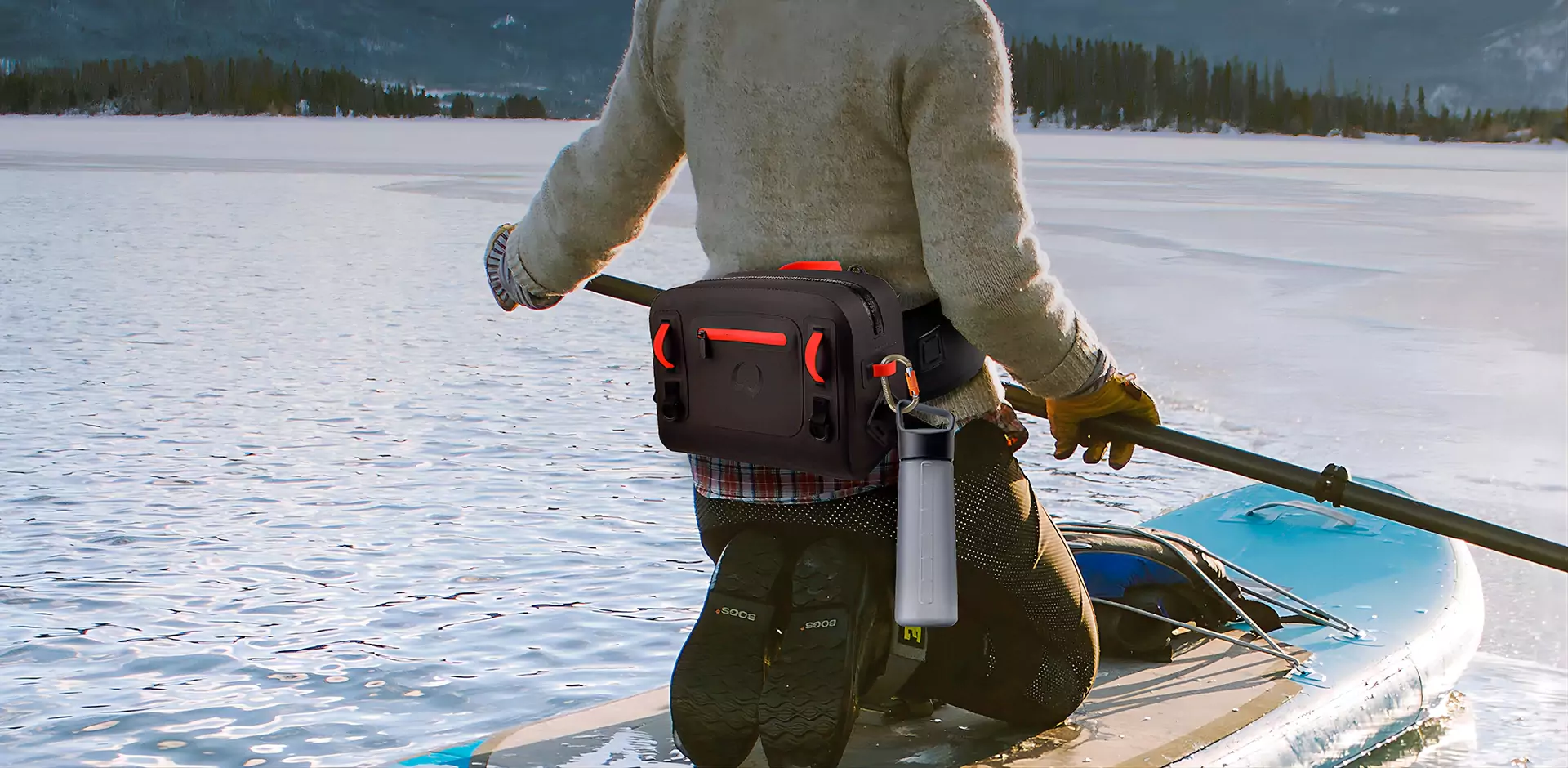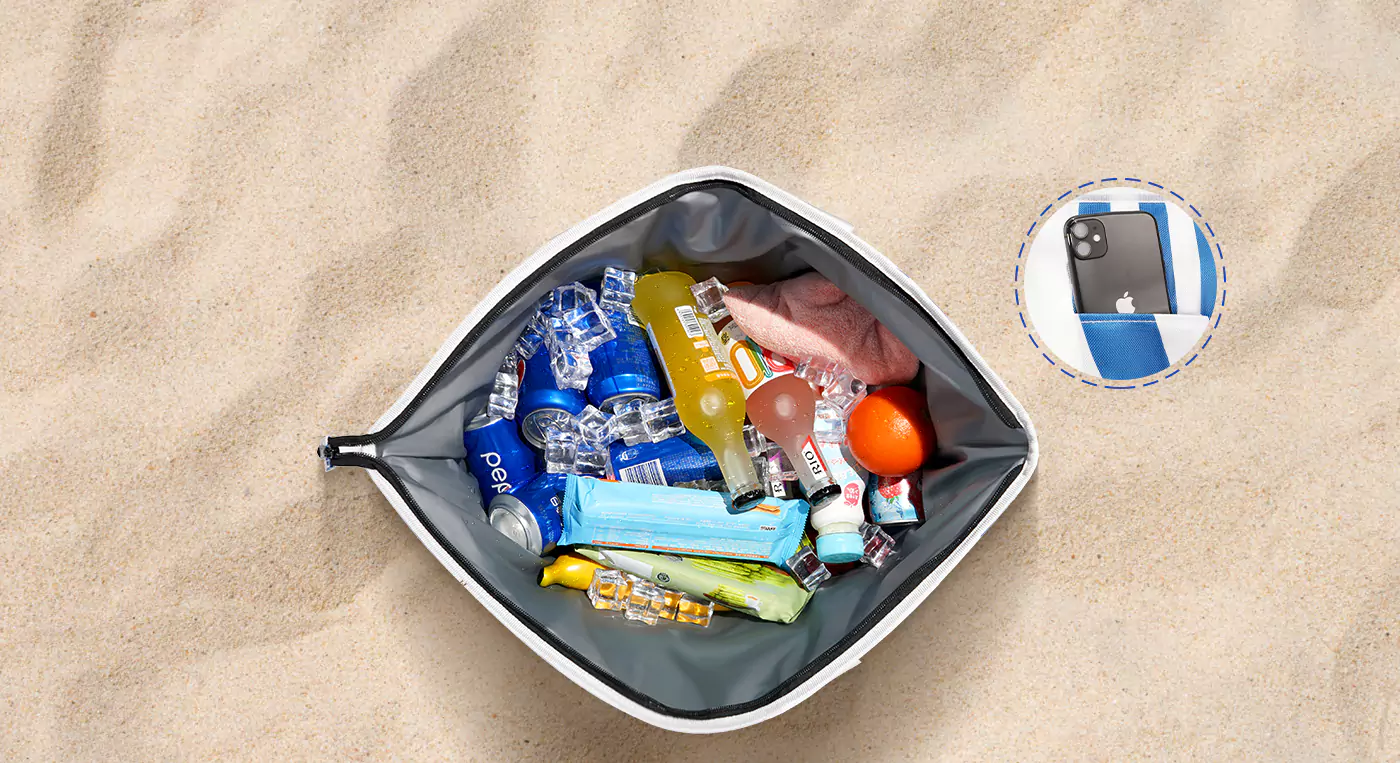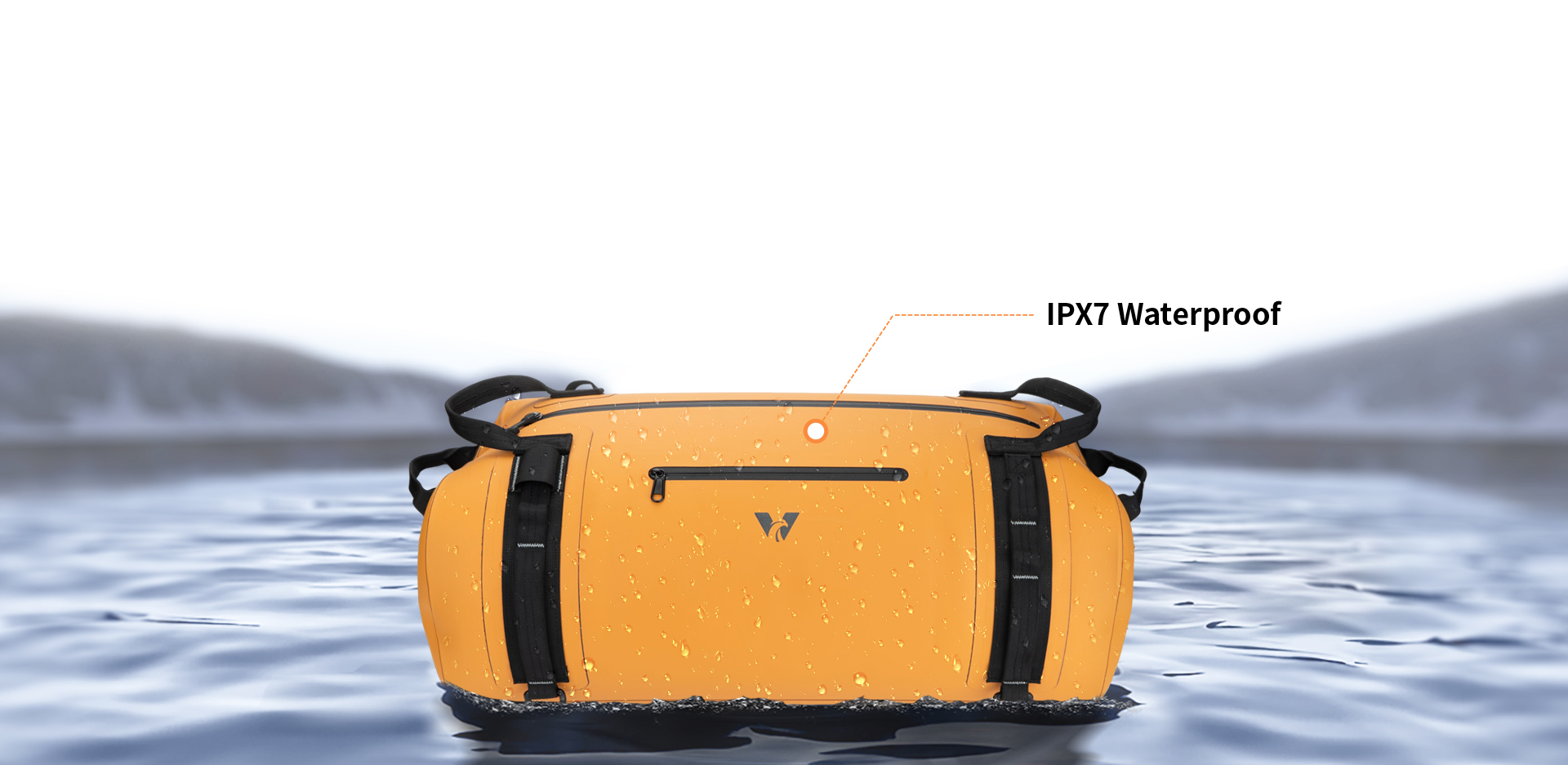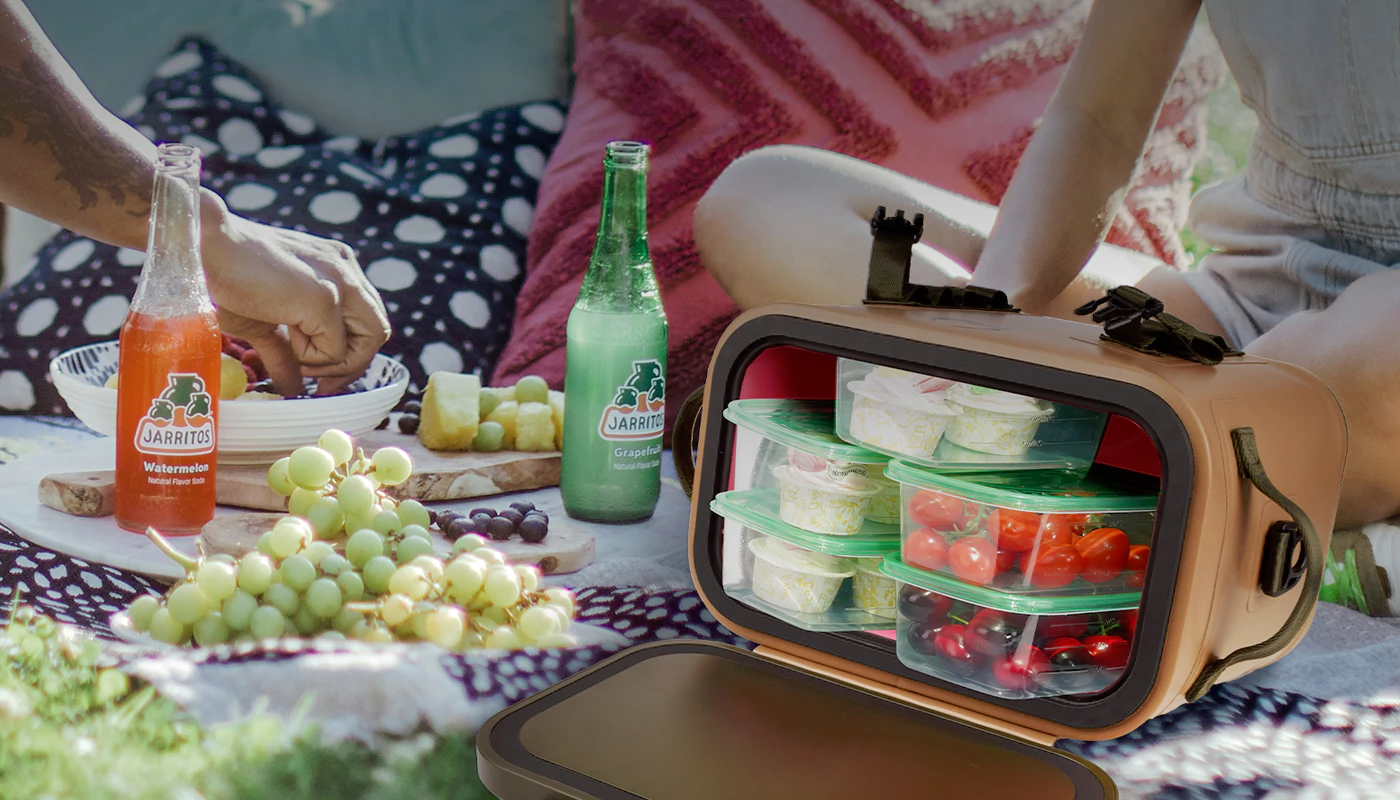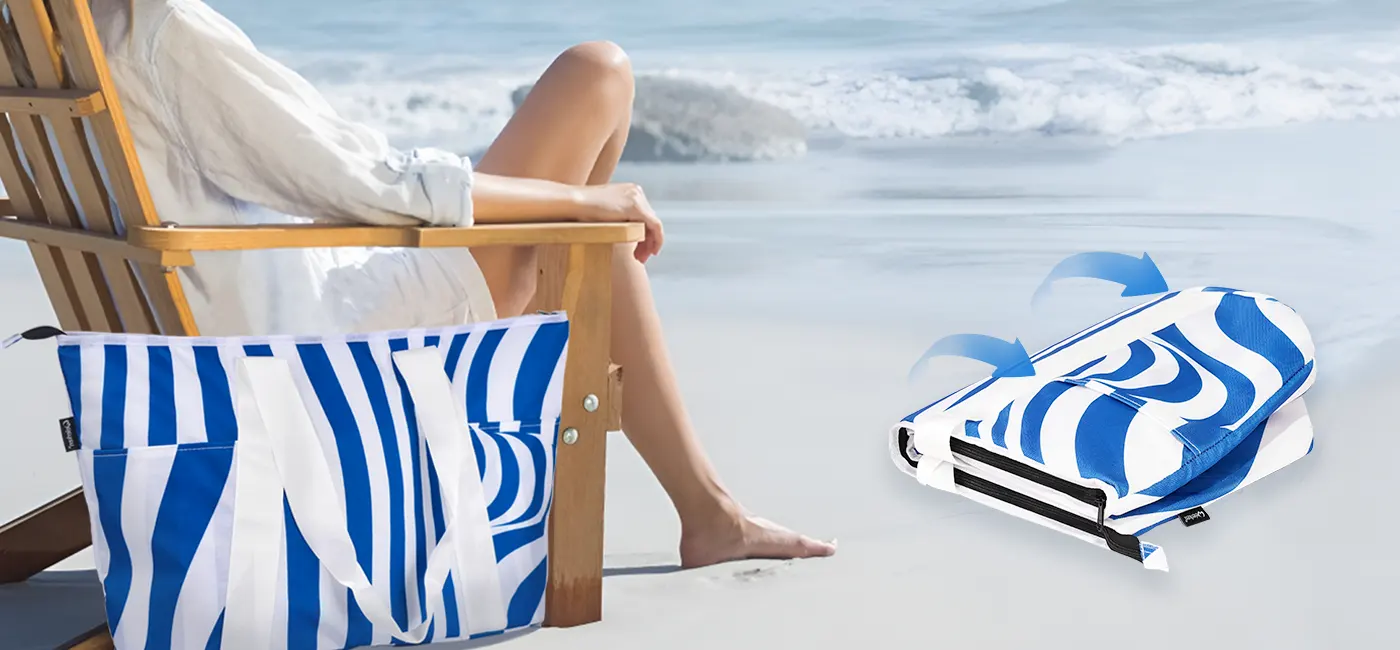Let’s be honest. In the competitive world of food delivery, every detail counts. From the moment a customer places an order to the second it lands in their hands, you’re being judged. While much attention goes to the food itself and the digital interface, one physical touchpoint often gets overlooked: the custom snack delivery bag. This isn’t just a container; it’s a mobile billboard, a temperature guardian, and a direct reflection of your brand’s professionalism. A poorly chosen bag can lead to soggy fries, melted ice cream, and a damaged brand image.
Choosing the right custom delivery bag is a strategic procurement decision. It impacts customer satisfaction, operational efficiency, and marketing reach. This guide will walk you through five critical attributes you must evaluate to make an informed choice that benefits your bottom line. As we explore these factors, we’ll see how a partner like weierken integrates these considerations into their product development, ensuring businesses get a bag that truly delivers.

Material and Durability: The Foundation of a Reliable Delivery Bag
The material of your custom snack delivery bag is its first line of defense. It determines how well it will withstand the rigors of daily use—from being tossed in a vehicle to resisting sudden downpours.
Common Materials and Their Real-World Performance
- Non-Woven Fabric: A cost-effective option, non-woven bags are lightweight and offer decent printability for branding. However, they score low on durability and water resistance. They are suitable for lightweight, dry snacks or as an inner liner, but not for heavy items or adverse weather conditions. They can tear easily under stress.
- Oxford Cloth: This is a step up in the durability ladder. Made from nylon or polyester, Oxford cloth is known for its excellent tear resistance and structural integrity. A high-denier Oxford cloth, like 600D or 1200D, can handle significant weight and abrasion. It’s often coated with PU (Polyurethane) or PVC to enhance its waterproof capabilities, making it a robust choice for all-weather delivery.
- Aluminum Foil Insulated Material: This is the gold standard for temperature control. The aluminum foil layer acts as a radiant barrier, reflecting heat to keep contents warm or cold. Typically, this foil is laminated with PEVA or other food-safe materials and combined with internal insulation like thick cotton. It’s essential for any business delivering hot meals, frozen goods, or sensitive snacks that must maintain their temperature.
Key Takeaway: Your choice should be driven by your primary delivery items. For heavy, frequent deliveries, a high-denier Oxford cloth bag is a workhorse. For temperature-sensitive snacks, an aluminum foil insulated bag is non-negotiable. Companies like weierken often provide material swatches and durability test reports, helping B2B clients match the fabric to their specific operational chaos.
Customization and Brand Exposure: Your Logo on the Move
A custom delivery bag is a powerful, mobile marketing tool. Every delivery person carrying your branded bag is a walking advertisement, reaching potential customers in neighborhoods, office buildings, and apartment complexes.
Printing Techniques for Maximum Impact
The method used to imprint your logo and design directly affects aesthetics, durability, and cost.
- Screen Printing (Silk Printing): Ideal for simple, bold designs with a limited color palette. It creates a thick, vibrant layer of ink that is reasonably durable. However, it’s not suitable for complex, multi-colored images or photographs.
- Heat Transfer Printing: This method uses heat to transfer a printed design from a carrier paper onto the bag. It allows for full-color, high-detail graphics and photographs, offering excellent color reproduction. The downside is that the print can be susceptible to cracking or peeling over time, especially on flexible materials.
- Embroidery: For a premium, high-end look, embroidery is unmatched. It adds a tactile, textured quality to your logo and is extremely durable, resistant to fading and washing. It works best for logos and text rather than complex illustrations and is typically more expensive.
Pro Tip: Discuss your brand’s visual identity with your manufacturer. A supplier that understands brand consistency, like weierken, will advise on the best printing technique to ensure your logo is not just visible, but professionally represented, turning every delivery into a brand-building moment.
Thermal Insulation Performance: Keeping Snacks at Their Best
For many snacks, temperature is everything. A lukewarm pizza or a half-melted milkshake is a one-way ticket to a negative review. The insulation performance of your custom insulated delivery bag is a critical component of the customer experience.
The Science Behind Maintaining Temperature
Insulation isn’t just about thickness; it’s about the materials and construction used to create a barrier against external temperature changes.
- Insulation Layer: The core of any good thermal bag is its insulation. Common materials include EPE (Expanded Polyethylene) foam and pearl cotton. These materials work by trapping air in tiny pockets, creating a barrier that slows down heat transfer. The density and thickness of this layer are crucial.
- Radiant Barrier: This is where aluminum foil comes in. In a well-designed insulated delivery bag, the foil layer reflects radiant heat, preventing it from entering or escaping the bag. This is particularly effective for keeping hot food hot.
- Sealing Structure: The best insulation is useless if heat escapes through the seams or opening. Look for bags with robust, well-sealed seams and a secure closure system—such as a high-quality, long-lasting zipper or strong velcro straps—that creates a tight seal. This combination of reflective barrier, thick insulation, and a solid seal is what ensures your snacks arrive as intended.
Cost and Procurement Flexibility: Balancing Budget and Quality
Budget is always a key consideration. However, with custom snack delivery bags, it’s vital to view cost through the lens of value and long-term return on investment.
Navigating Price Points and Order Quantities
The unit cost of a custom delivery bag is heavily influenced by the customization complexity, materials used, and, most significantly, the order quantity.
- Small Batch Orders (e.g., 50-500 pcs): Perfect for startups or businesses testing a new model. Unit costs will be higher due to setup fees for molds and printing screens. In this range, simpler customization methods like screen printing on standard materials are most cost-effective.
- Medium to Large Batch Orders (500+ pcs): This is where economies of scale kick in. The setup cost is amortized over more units, significantly reducing the price per bag. This allows for more complex customizations, such as heat transfer prints or even embroidery, without a massive cost spike.
- Supply Chain Considerations: A reliable manufacturer should offer clear pricing tiers and be transparent about lead times. They should be able to scale production with your business growth and guarantee consistent quality across batches. Partnering with a established manufacturer ensures you aren’t just getting a good price, but also a reliable product flow.
Eco-Friendliness and Sustainability: Aligning with Modern Values
Today’s consumers are increasingly environmentally conscious. Using sustainable packaging is no longer a niche differentiator; it’s a growing expectation that enhances your brand’s ESG (Environmental, Social, and Governance) profile.
Green Material Options for a Lower Footprint
Incorporating sustainability into your custom snack delivery bag can be a significant brand advantage.
- Recycled Materials: Some manufacturers offer bags made from rPET (recycled polyethylene terephthalate), which gives plastic bottles a second life.
- Biodegradable and Compostable Options: Materials like non-woven PLA (Polylactic Acid), derived from corn starch or sugarcane, are biodegradable under industrial composting conditions. While their durability for heavy-duty delivery might be less than synthetic counterparts, they are excellent for specific use cases and send a strong green message.
- Longevity over Disposability: The most sustainable product is often the one that lasts the longest. Investing in a high-quality, durable custom delivery bag that can be used hundreds of times ultimately creates less waste than frequently replacing cheap, disposable ones.
Adopting green practices isn’t just good for the planet; it’s good for business. It resonates with a growing segment of the market and positions your brand as a forward-thinking leader.
Selecting the perfect custom snack delivery bag is a multi-faceted process that goes far beyond just finding a cheap container. It requires a careful balance of material durability, effective branding, reliable thermal performance, smart cost management, and a growing responsibility towards sustainability. By meticulously evaluating these five key attributes, you can procure a bag that not only protects your products but also elevates your brand and supports your business growth.
A trusted partner in this journey understands these intricacies. weierken, for instance, focuses on collaborating with businesses to engineer custom delivery bags that are not just products, but solutions—designed to withstand the challenges of the delivery world while proudly carrying your brand’s identity forward. Making the right choice ensures your first physical impression is a lasting and positive one.
Frequently Asked Questions (FAQs)
Q1: What is the typical lead time for producing a custom snack delivery bag?
A1: The lead time can vary depending on the complexity of the design, material availability, and order quantity. For a standard custom snack delivery bag, it typically ranges from 15 to 30 days after the design and samples are confirmed. Larger or more complex orders may require additional time.
Q2: Is there a minimum order quantity (MOQ) for customizing these bags?
A2: Yes, most manufacturers have an MOQ. This is because the setup cost for creating custom molds and printing screens is fixed. MOQs can be as low as 50-100 pieces for simple designs, but for more complex customizations or better pricing, manufacturers often require orders of 500 pieces or more.
Q3: How can I ensure the logo printing on my custom delivery bag won’t fade or peel?
A3: The longevity of the print depends on the chosen technique. Embroidery is the most durable. For printed logos, discuss the quality of inks and potential protective coatings with your supplier. Heat transfer prints can be laminated for extra protection. Reputable suppliers perform wash and rub tests to ensure print durability.
Q4: Can you create a custom snack delivery bag that is both insulated and made from eco-friendly materials?
A4: Absolutely. The market is evolving rapidly. You can now find insulated delivery bags that use recycled PET insulation and liners, or outer shells made from recycled materials. While the performance of 100% biodegradable insulated bags is still developing, hybrid solutions that significantly reduce environmental impact are readily available.
Q5: What details do I need to provide to get an accurate quote for a custom delivery bag?
A5: To receive a precise quote, you should be ready to provide:
- Desired dimensions (Length, Width, Height).
- Preferred material for the outer shell, insulation, and liner.
- Your target quantity (estimated order volume).
- Your logo/artwork files (in vector format like .AI or .EPS is best).
- Preferred printing method (e.g., silk screen, heat transfer, embroidery).
- Any specific features (e.g., type of zipper, shoulder strap, pockets).
